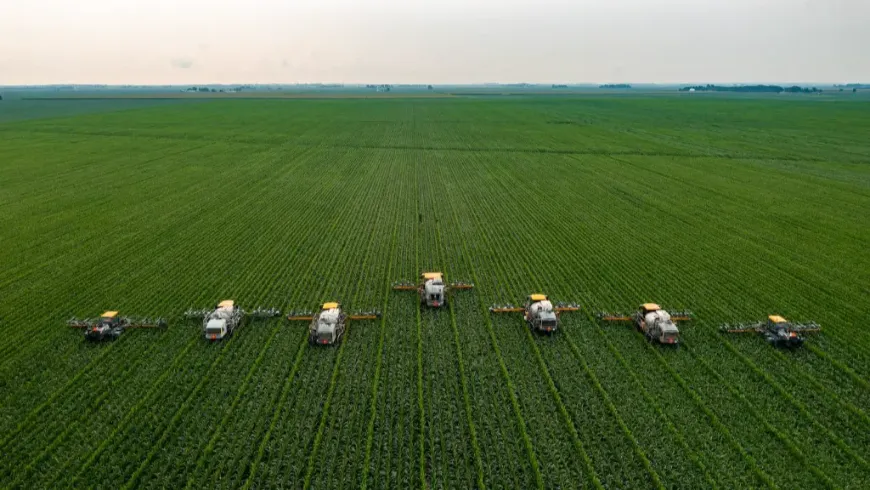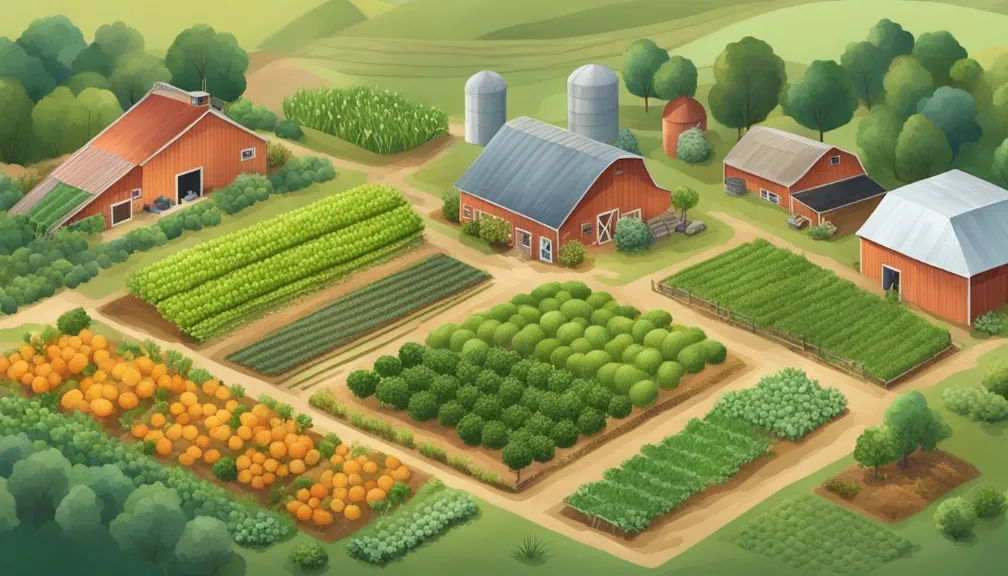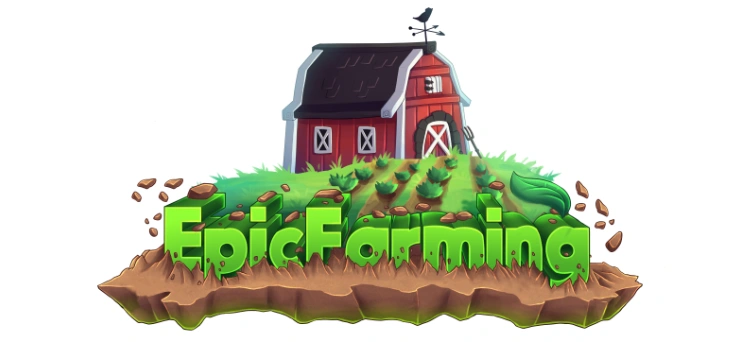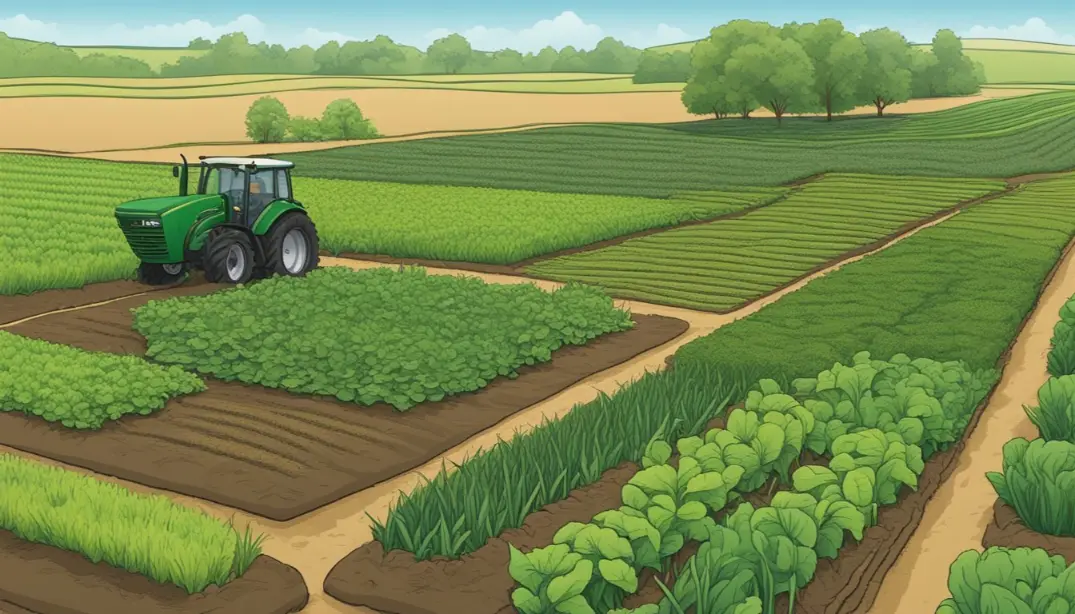Commercial Grain Farming, we will explore the basics of the different types of grains and their uses, and the environmental and social impacts of this industry.
Grain is one of the most important crops in the world, feeding billions of people and animals every day. But how does grain farming work, and what are the benefits and challenges of this type of agriculture?
What is Commercial Grain Farming?
It is the practice of growing and harvesting grains for sale or trade. Grains are the seeds or fruits of grasses, such as wheat, rice, corn, barley, oats, and rye.
Grains are usually classified into two categories: cereals and pulses. Cereals are grains that are high in starch and low in protein, such as wheat, rice, and corn.
Pulses are grains that are high in protein and low in starch, such as beans, peas, and lentils.
Large-scale farms typically employ mechanized equipment, irrigation systems, fertilizers, pesticides, and genetically modified seeds in this type of farming.
These farms aim to produce high yields and profits by maximizing the use of land, water, and labor.
Grain farming is common in regions that have fertile soil, moderate climate, and flat terrain, such as the Great Plains of North America, the Pampas of South America, and the Steppes of Eurasia.

What are the Uses of Grains?
Grains have many uses, both for humans and animals. Some of the main uses of grains are:
| Main Uses of Grains | Description |
|---|---|
| Food | Grains are a staple food for many people around the world, providing carbohydrates, proteins, vitamins, minerals, and fiber. Grains can be eaten whole, ground into flour, or processed into various products, such as bread, pasta, cereal, beer, whiskey, and ethanol. |
| Feed | Grains are also used to feed livestock, poultry, and fish, either directly or as ingredients in animal feed. Grains provide energy, protein, and other nutrients for animals, and also affect the quality and quantity of their meat, milk, and eggs. |
| Fuel | Grains can also be used to produce biofuels, such as ethanol and biodiesel, which can be used as alternatives or additives to fossil fuels. Biofuels can reduce greenhouse gas emissions, increase energy security, and create new markets for farmers |
| Industrial | Grains can also be used for various industrial purposes, such as making paper, cardboard, glue, starch, oil, and bioplastics. These products can have various applications in packaging, construction, textiles, and cosmetics. |
Impacts of Commercial Grain Farming
This type of farming has both positive and negative impacts on the environment and society. Some of the impacts are:
Economic
It contributes to the global economy by providing food, feed, fuel, and industrial products for domestic and international markets.
It can also creates jobs and income for farmers, workers, traders, and consumers.
However, commercial grain farming also faces challenges such as price volatility, market competition, trade barriers, and subsidies that can affect the profitability and sustainability of the industry.
Environmental
It can have positive effects on the environment by preventing soil erosion, sequestering carbon, and supporting biodiversity.
However, this farming can also have negative effects on the environment by depleting water resources, polluting soil and water, and contributing to climate change.
These effects can reduce the productivity and resilience of the land and threaten the health and well-being of humans and animals.
Social
It can have positive impacts on society by improving food security, nutrition, and health for millions of people.
And can also support rural development, education, and empowerment, especially for women and youth.
However, commercial grain farming can also have negative impacts on society by causing land conflicts, displacement, and inequality.
These impacts can affect the rights and livelihoods of smallholders, indigenous peoples, and other marginalized groups.

Related Posts:
Current Events In Agriculture: Climate Change & Population Growth
Mediterranean Agriculture Farming: Features, Benefits & Challenges
Agricultural Revolution: Key Causes, Effects & Shape The Modern World
What Is O Farming: Make Money Online, Get Start & Benefits

Meet Our Expert Agricultural Administrator
Welcome to agrigreenhands.com, your dedicated hub for all things related to agricultural farming. Leading the way in our commitment to sustainable and innovative practices is Jawad Hussain, our esteemed administrator with a profound background in agriculture….


